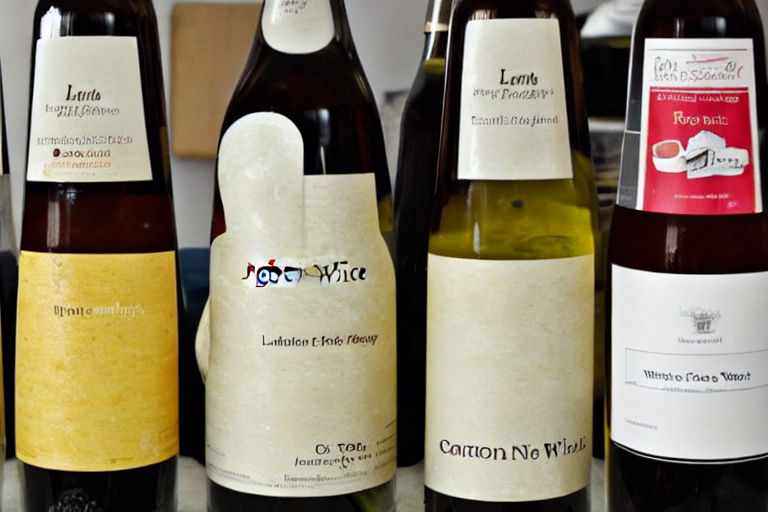Creating Products that Meet Consumer Preferences: How to Use Sensory Analysis in Your Production Process
As a producer, your goal is to create products that your consumers will love. However, with so many options available in the market, it can be challenging to develop something that stands out from the rest. A useful technique to incorporate into your production process is sensory analysis.
Sensory analysis is a scientific method used to evaluate the quality and characteristics of a product using human senses, such as taste, smell, sight, touch, and hearing. By measuring the reactions of consumers to the sensory aspects of products, you can develop products that better meet their preferences.
Why Sensory Analysis is Essential in Production
When it comes to food products, sensory analysis is essential for the following reasons:
- Helps to create products that satisfy consumers' tastes
- Helps to identify and remove any defects in the product
- Helps to ensure the product meets the set standards and regulations
- Helps to maintain consistency in the product quality
By the evaluation of products using sensory analysis, producers can identify the specific sensory attributes most preferred by consumers, such as texture, flavor, and aroma, and use this information to improve their products.
The Sensory Analysis Process
The sensory analysis process involves a series of steps that are carefully designed to generate accurate results. These steps include:
-
Choosing the right samples: You need to select appropriate samples that are representative of your product.
-
Recruiting the right panelists: You require a team of trained panelists with keen senses who can recognize even the slightest difference in products.
-
Evaluating the different attributes: You can use a range of tests, such as taste testing, odor testing, texture testing, and visual assessment.
-
Analyzing the data: Once the sensory evaluation is complete, the data can be analyzed using statistical techniques to identify any trends or patterns.
Conclusion
Ultimately, sensory analysis is a useful tool in the production process as it helps producers to create products that best match consumer preferences. By evaluating the sensory attributes of their products, producers can identify key areas for improvement and create products that satisfy their customers. Incorporating sensory analysis into your production process can help you rise above the competition in the market.



